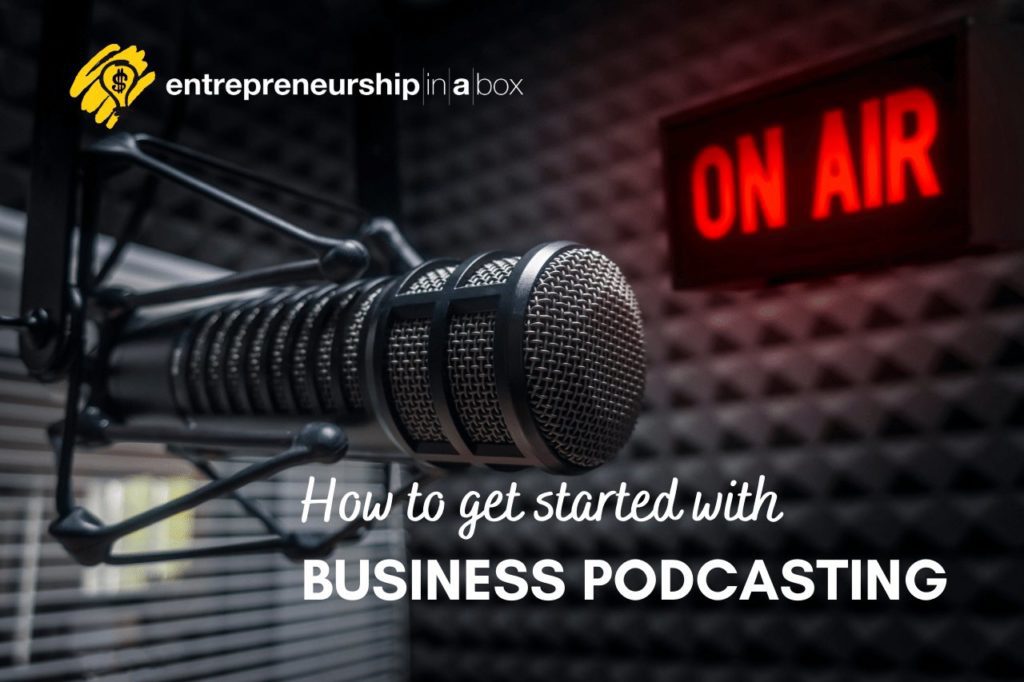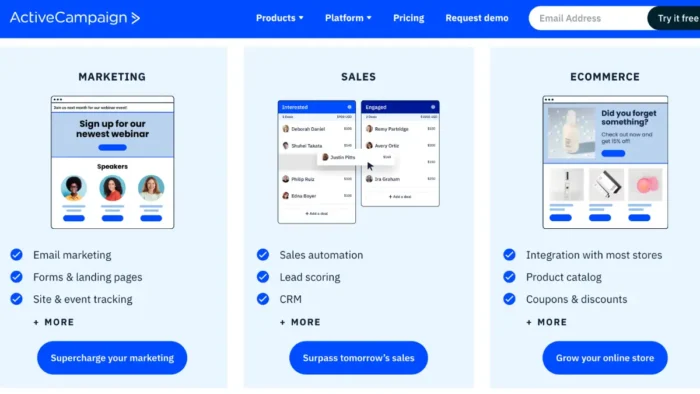Podcasting has become very popular in recent years and therefore more people are turning to the market and including it within their marketing mix. Podcasts are listened to predominantly by young adults who are interested in a whole range of niches. If there is a space for your business on the platform, why not start a podcast to promote your business?
Many businesses believe that podcasts are only beneficial for advertising between episodes, and this can be a very beneficial investment, but this is not the only way to use podcasts to your advantage. Creating a business podcast can allow you to generate a large following of people who are generally interested in what you have to say.
Instead of paying for your advert to be spread out amongst people who might not care about your business, creating a podcast allows your target audience to come to you. All for virtually no money! Sure, you’ll need to pay for your startup costs to ensure the quality of your podcast is high, but that’s pretty much all you need to invest in.
We bet that you’re struggling to figure out why it’s taken you so long to create a business podcast since they’re so beneficial to many businesses. However, there are some important factors that you need to know before you start. Podcasts can be amazing marketing tools if they’re done right, but many people miss the mark.
For this reason, we’ve included some helpful tips to give you the best chance of succeeding with your business podcast.
Step One: Finding your niche
Your niche needs to attract your target audience; however, it still needs to be broad enough to generate enough topics to talk about. You should choose a niche that you know a lot about and therefore can talk about each topic professionally. Research has shown that people are more likely to become loyal listeners if you know what you’re talking about, so make sure you are well-researched within the field.
Step Two: Decision time
Now that you’ve found your niche, you have a lot of decisions to tackle. These are all vitally important and will directly affect the popularity of your business podcast – no pressure.
Name
First thing’s first, the name of your podcast needs to be descriptive, catchy, and intriguing all at the same time. It needs to relate to your niche and get your target audience interested in the product. Don’t call your podcast after your business unless you already have a large following, as listeners won’t relate to the name and therefore they’ll skip right over it. More interesting names will also allow you to have some fun with branding and marketing.
Style
Don’t sit down in front of a microphone and blandly read off of a script – it sounds boring and most people will turn off pretty quickly. Conversational content seems to do well for podcasts, and don’t be afraid to crack a few jokes. Just because the topic is serious doesn’t mean that you need to be!
Engaging your audience by being authentic and human will increase the likelihood of loyal listeners. Alternatively, if you come across as someone with as much personality as a plank of wood you’re likely to fail. Let your audience feel as though they know you!
Format
The format of your podcast needs to be consistent and enjoyable. There is no use having two hosts for a few episodes only to have one host for the rest of them. Your audience will get to know both hosts only to lose one and have to make do with one person.
Solo hosts are not as popular when it comes to podcasts because the back and forth of two co-hosts are more enjoyable and make you seem more friendly. However, if you simply throw two people together who have never met, the audience will pick up on the unfamiliar vibe and turn off.
Make sure that you’re friendly towards each other or at least have good chemistry throughout the podcast. Alternatively, you could opt for an interview format in which you bring on special guests every week. This is beneficial to businesses that require a lot of specialist advice and knowledge.
Step Three: Collecting the equipment
Don’t go and rent out a professional studio right away, all you need to start off with is a high-quality microphone and a laptop. Using a high-quality microphone will ensure that your audio is pristine and enjoyable for your audience to listen to. Make sure that you download a good editing software onto your computer as well. No one wants to listen to audible jump cuts and outtakes.
Step Four: Post-production
Once you’ve recorded your first episode, you’ll need to edit it so that it sounds cohesive and professional. This means that you’ll be listening to yourself back quite a few times, so be brave and don’t be discouraged from the sound of your own voice too much. GarageBand is a good example of editing software, and it’s free for Apple users! Alternatively, Audacity and Adobe Audition can be used by Windows users.
Step Five: Branding
Once you’re happy with the episode, next comes the branding. Rebranding is much more difficult to do once you have built up a little following than originally branding, so take your time with this and make sure that it’s as good as possible. Branding focuses on the cover art, the introduction and conclusion of each episode, and the music used.
The introduction to your episodes needs to remain the same throughout each episode, so make sure you get it right! Adding a jingle or some background music can make it more catchy and therefore subliminally encourage more listeners to return to your podcast.
This music needs to be fair use, so don’t try and use your favorite tune as the theme song for your podcast. This will only end in copyright issues!
Next up, the cover art. The more effort you put into the branding of your podcast, the more attention-grabbing it will be. For example, the cover art is one of the first things that the listener will see when scrolling through potential playlists to listen to, so make sure that it’s the best out there and tells them everything about your podcast that they need to know. A picture is worth a thousand words, so use it to your advantage.
Step Six: Promote all day, every day
No one said that your playlist was going to implode overnight, so make sure that you don’t give up promoting. It might be beneficial to get three or four episodes ready to release all at once so that your potential listeners have a choice of which episode topic they want to listen to.
Your business social media and blog are likely to already have a following, so make sure that you promote your podcast in plenty of time before launch day. Moreover, don’t let your followers forget the date, and really push your podcast beforehand.
To generate a larger following, your podcast needs to be featured by your podcast platform. This will shoot you to the top of the recommended lists and gift you with more publicity.
One thing to be aware of is customer feedback. This is incredibly important for you to listen to and act upon, even if you don’t consider it to be the right move. Following people’s constructive feedback will show them that you value their opinion and they’ll be more inclined to listen to your next episode. For this reason, we would strongly advise against recording multiple episodes for staggered release right away. If you do this and the general consensus is something that the listeners want to be changed and you release an episode without conducting said change, the listeners might be put off by your lack of action.





